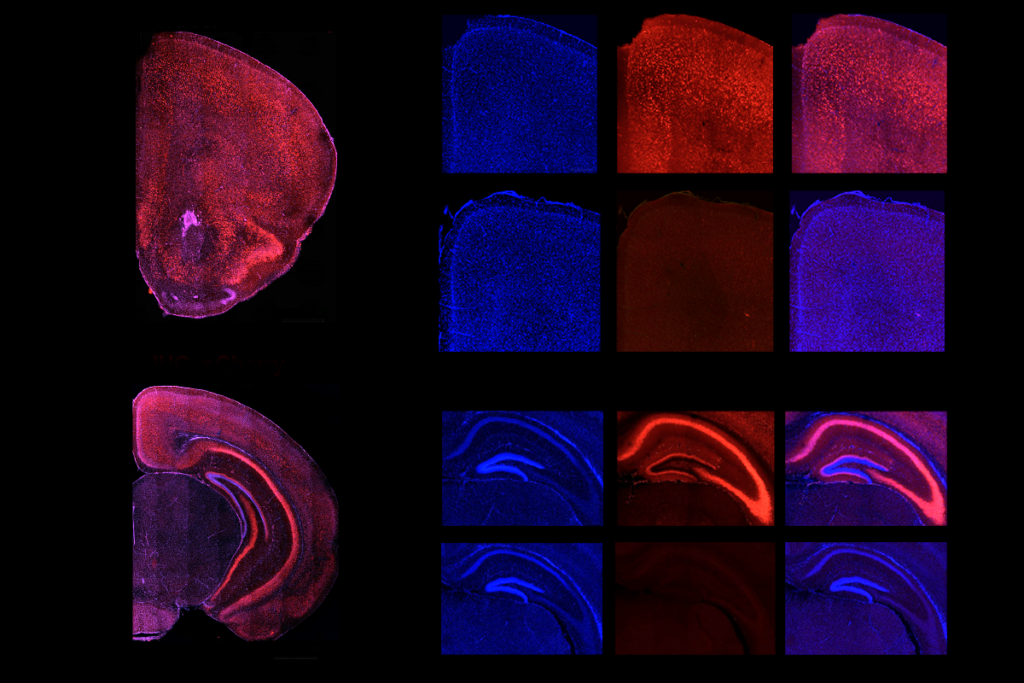In 2012, 316 children under the age of 6 from low-income households in Kentucky began taking antipsychotic medications. Over the next five years, nearly two-thirds of these preschoolers — 65 percent — wound up taking three or more different types of medications, including antipsychotics, amphetamine-based stimulants and antidepressants, sometimes simultaneously. Almost one-third, or 31 percent, took four or more medication classes. And those with autism or in foster care tended to take these medications for a longer amount of time than the other children.
The findings come from a study published in September in Psychiatric Services that analyzed Kentucky state Medicaid claims from 2012 to 2017. Spectrum spoke to study investigator W. David Lohr, professor of child and adolescent psychiatry and psychology at the University of Louisville in Kentucky, about safety concerns regarding these psychotropic medications for children and what should be done to curb the flow of preschooler prescriptions.
This interview has been edited for clarity and brevity.
Spectrum: Why did you decide to study the use of antipsychotic and other psychotropic medications in preschoolers?
David Lohr: For the past six or seven years, our Child and Adolescent Health Research Design and Support (CAHRDS) team has been working with the Kentucky Department for Medicaid Services to help them analyze psychotropic medication claims and to identify areas ripe for policy development and improvement. Antipsychotic medications are a particular interest of mine as a child and adolescent psychiatrist.
S: What was your reaction when you found that hundreds of young children in Kentucky are being prescribed antipsychotics?
DL: I think that what is most concerning is the extent and duration of polypharmacy that we found in the group. About 31 percent of these children received four or more medication classes over the course of the study period, and many children remain on the medications for a substantial period of time.
I’m concerned that we don’t really understand the risks these medications pose compared with the benefits they provide. These medications are associated with side effects such as weight gain, increased risk of metabolic problems and movement disorders. They are often being used off label to treat disruptive behaviors. We also found in our cohort that many children don’t receive the necessary lab studies to monitor their glucose and lipids levels in response to these medications.
S: Were these drugs tested on children this young during clinical trials?
DL: Some have been. Risperidone has been studied far and away the most, and the U.S. Food and Drug Administration (FDA) has approved it for autism-related irritability down to age 5. Abilify (aripiprazole) has similar FDA approval down to age 6. But this use we found in younger children, for the most part, is off label. If a drug doesn't have an FDA indication, it still can be within the standard of care to prescribe the drug off label. But there's really not good data to describe how effective the medications are in children this young. More research is needed to help us better understand the risks and benefits in this population.
S: How do you treat children this young in the clinic?
DL: Often, preschool children respond to psychosocial interventions, like parenting interventions or behavioral treatments. We hope to see this sort of therapy provided first and during any treatments with medications. Diagnosing and treating the primary conditions, such as autism and attention deficit hyperactivity disorder, can guide the specific therapies. Then, if therapy doesn’t work, a cautious trial of medications can be helpful.
There are a couple of good points from a recent article by Greta Bushnell and her colleagues examining the use of antipsychotics in very young children with private insurance. The rates overall are going down, which is good, but we still know that a lot of kids don't get psychosocial therapy or the needed lab tests to monitor safety. I think you can kind of assume that the same thing is happening here. It’s likely that some of these children in our sample are not getting as much therapy as they need.
S: Children with autism tended to be on these medications for longer than the other children in your study. Can you tell me more about that?
DL: Given the indications for risperidone and aripiprazole for irritability in autism, we expected that children with autism might have a longer duration on these medications. When we divided our cohort into duration of exposure, splitting it up based on the children who were on medications for four to six years, we found that 64 percent of those kids had a diagnosis of autism. And when we looked at children who had an autism diagnosis in 2012, they had a significantly increased risk for a longer duration on these antipsychotics.
That raises a concern for safety. We know that children with autism have an increased risk of seizures, and clinicians should think about that. If you have a child with autism on a lot of medications, there is a concern that those medications may lower the seizure threshold. Paying attention to any clinical evidence of seizures is going to be very important in monitoring their ongoing neurological development.
S: What needs to change to address this problem?
DL: I would love to have a situation like Massachusetts or Washington in our state. Both of those states have formal preauthorization consultation programs with child psychiatrists that seem to be effective in improving the use of these medications. Kentucky has managed-care organizations, or MCOs, that administer Medicaid. Each of those MCOs has introduced formularies (a list of covered drugs) and prior authorizations (which help insurance companies review how necessary a specific medication is for each patient). Those can play an effective role in slowing the growth of using medications that have questionable indications for these children. I hope we can see more effective, prospective programs that intervene before the medications are started.
I would also like to see more systematic, preventive-care programs, which could include parenting strategies and home health nursing. The population of children we studied had a lot of problems with poor impulse control and emotional dysregulation, so helping parents recognize and manage those traits can be effective. In particular, children with autism need more access to behavioral services, and early interventions can really make a difference in reducing their need for some of these medications later on.






